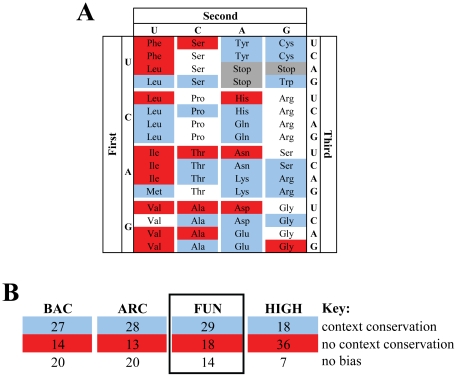Figure 3. The conservation of codon context depends on the nature of the codon-pair and on phylogeny.
A) In order to elucidate how codon-context conservation is maintained, the percentages of conserved codon contexts were calculated for each codon-pair starting with each possible codon, represented here in a genetic code table format (e.g. results for the UUU-NNN codon-pair family are shown at the top-left corner of the panel). Whenever the percentage of conserved codon pairs was higher than the percentage of non-conserved pairs (difference >4%), the codon was colored in blue, otherwise codons were colored in red. The remaining cases were considered non-biased and were kept uncolored. Using the previous example, since 24% of the UUU-NNN codon pairs exhibited codon context conservation while 76% were not conserved, the respective square was colored red in the panel. B) The total number of blue/red/white codon-pair types of the 4 phylogenetic groups shows that high eukaryotes have the highest number of non-conserved codon contexts (36), while the other 3 groups showed more conserved than non-conserved contexts.

